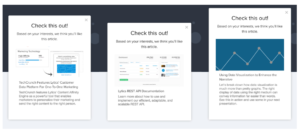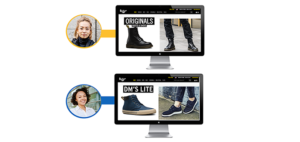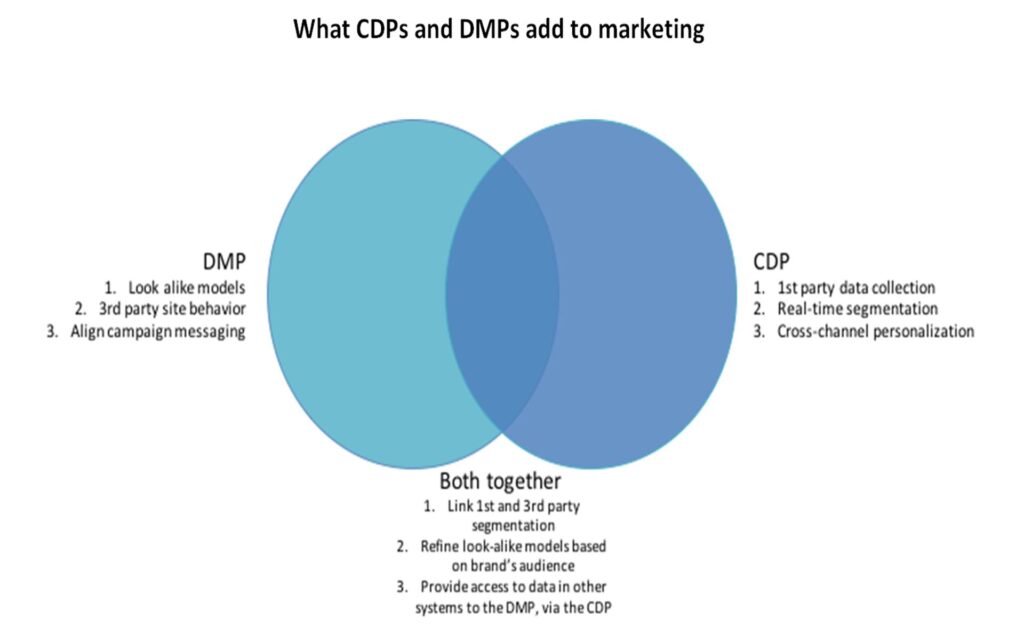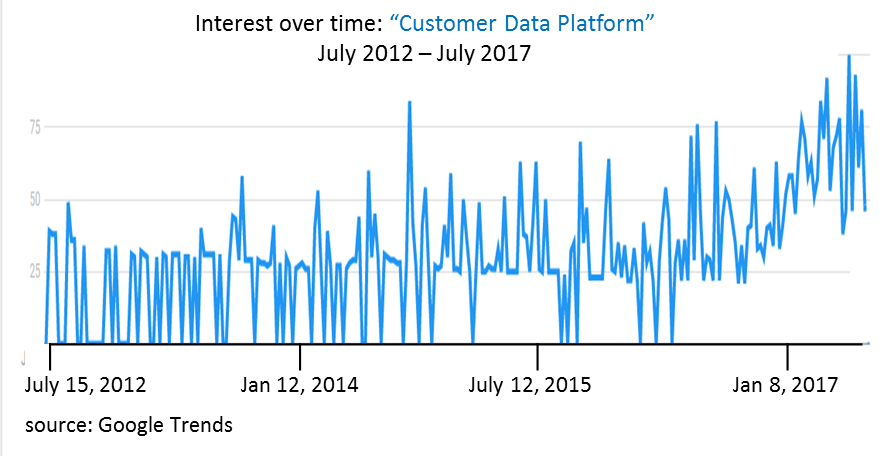Five Things To Look For In A Customer Data Platform (CDP)
August 2, 2017Background: What Is A CDP?
The 2017 edition of Scott Brinker’s iconic Martech Landscape Supergraphic revealed that there are more than 5,000 marketing technology tools on the market today. While the customer data platform (CDP) is a relatively new category to the scene, the need for a neutral hub in the middle of marketers’ tech tools has taken off. In fact, according to a recent MarTech Advisor whitepaper, 28 percent of marketers ranked their multiple, disconnected systems as the biggest problem they face.
Validated by analysts such as Forrester and Gartner, Customer Data Platforms (CDPs) solve the fragmented customer data problem and improve traditional marketing workflows. The vendor-neutral Customer Data Platform Institute defines CDPs as a “marketer-managed system that creates a persistent, unified customer database that is accessible to other systems.”
Having a defined foundation is a great start. However, customer data platforms can and should provide so much more: intelligence that helps you access meaningful insights about your first-party data — and of course — integrations with your marketing tools to help you achieve a quick return on investment.
Here are the Five Things You Should Expect:
1. Predictive Insights Using Data Science/Machine Learning:
As a centralized customer data hub in the middle of your marketing-tech stack, customer data platforms are better-positioned to offer customer behavioral trends (e.g., “Highly engaged across marketing tools”) and predictive insights (e.g., “Likely to Convert”) than individual marketing point tools (e.g., email service providers, website personalization tools, etc.), which only have access to marketing channel-specific data.
Having access to powerful data science—specifically machine learning algorithms—that can be used to evaluate many data sources make the marketer’s life much easier. The system constantly learns without the marketer having to pre-define and re-define arbitrary rules (e.g., “if someone clicks X and does Y, that must mean that they are likely to Z”). These rules tend to be the default for most marketers; however, us humans just can’t compete with how fast machines can learn.
Many CDPs on the market today either weren’t originally built with self-learning machine learning algorithms or they simply started as another type of tool entirely, such as a CRM that has since been retrofitted. A more robust customer data platform should offer behavioral insights (e.g., identifying a tire-kicker versus a binge user), predictive insights (“likely to engage” or “at risk of churning”), and other machine learning-based segmentation as a key feature — not an afterthought.
2. User-Specific Content Affinity Using Machine Learning:
Content marketing is a critical part of marketing strategy but to see any results marketers need to match relevant content to individual users. This sounds so obvious and basic, but it can actually be really difficult to parse out who out of your 100,000 visitors is interested in “data-driven marketing technology” over “Southeastern Asia politics” let alone track how these interests might evolve and change over time.
Customer data platforms should help out with this using machine learning because any other approach is either too simplistic or not scaleable by a human. Look for a content affinity engine that helps you categorize your website into nuanced topics (not just marketer-defined keywords), track topic-based affinity levels for each individual and quickly build affinity-based audiences that deliver marketing results.

3. Data-Processing Speed:
With so much information flowing into CDPs, the method and speed with which it gets processed is an important factor. There are a couple of approaches to consider. Relational databases process data at the time of the request (i.e., when you go to build a segment) which involves scanning and grouping users within each data source separately — scanning potentially tens of millions of data rows — making the process of audience segment-building quite time-consuming.
Event-processing databases, on the other hand, process all data events at the time they occur so that they only have to scan the user database once as you build your audience segments. For example, if an event comes in from email (e.g., user clicks on email and goes to the website), the CDP updates the user database immediately, the user becomes immediately placed in or out of any relevant segments on the backend and this information gets sent to all of your marketing tools (e.g., Facebook, Google, Email Service Provider, etc.). From a marketing perspective, this means that you can almost immediately trigger a personalized email or display a specific piece of content to the user on your website, which is a pretty awesome thing.
4. Ease of Use — and Flexibility:
Customer data platforms are extremely efficient because they allow marketers to create one audience segment and sync it across various tools (as opposed to the pre-CDP model of manually creating the same audience segment across ten or so martech tools). This might seem like a no-brainer, but your CDP should be intuitive for anyone to use. If building audience segments is a frustrating and cumbersome process, you’re less likely to do it.
Look for CDPs that offer an organized and intuitive user interface as well as an engaged development team that is constantly improving the user experience. And, for your developer team, ease of use means access to a clean JavaScript (JS) tag, multiple application program interfaces (APIs) and software development kits (SDKs) that provide unlimited flexibility to technical team members.
5. Time to Value:
How fast you can get up and rolling and see value from a customer data platform is an important business consideration. What is the amount of time involved in going from the “crawl” stage (e.g., adding a JavaScript tag on the website and mapping data) to the walk stage (e.g., building audience segments, testing data science based-insights) to the running stage (e.g., executing real-time, contextually relevant marketing campaigns)? A CDP that includes a built-in execution tool enables you to see a faster return on investment. For example, some CDPs let you create and execute highly targeted web personalization campaigns in minutes.



